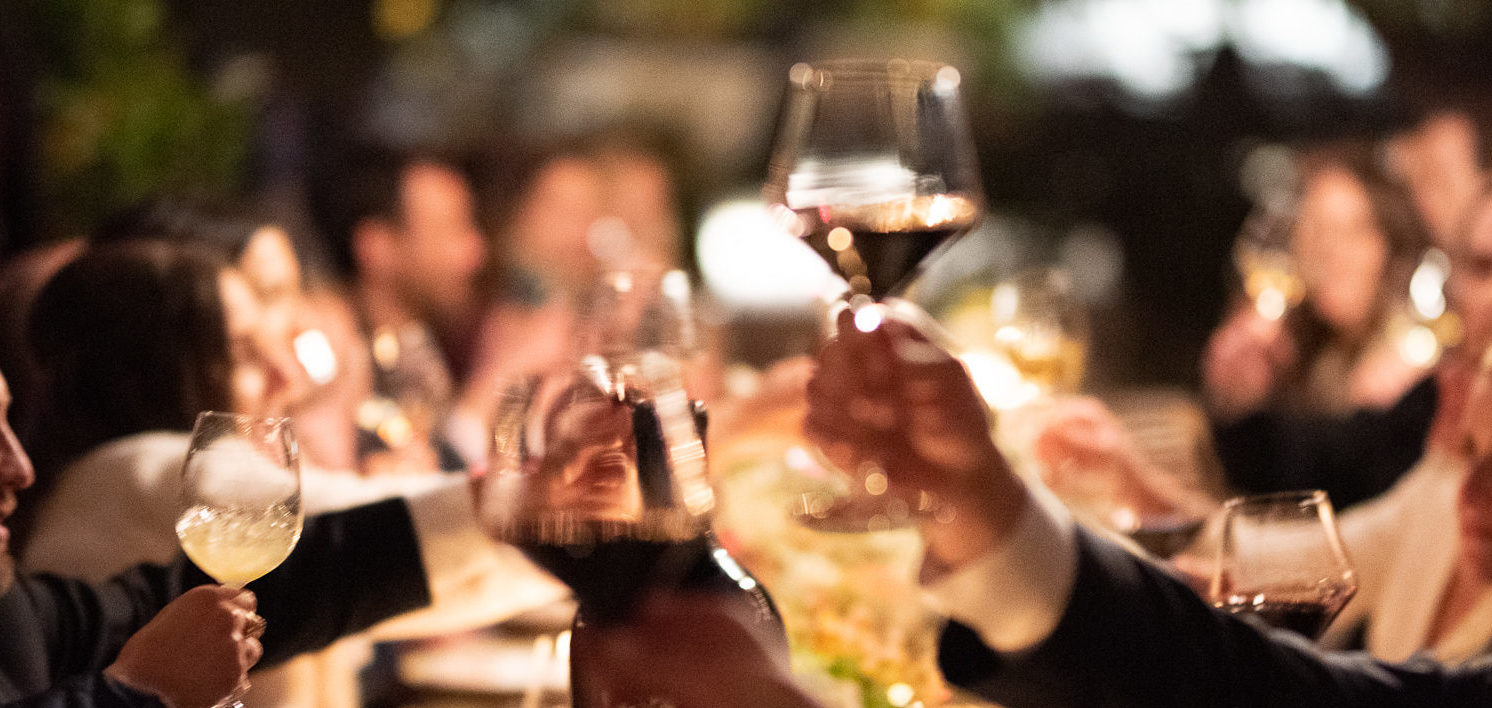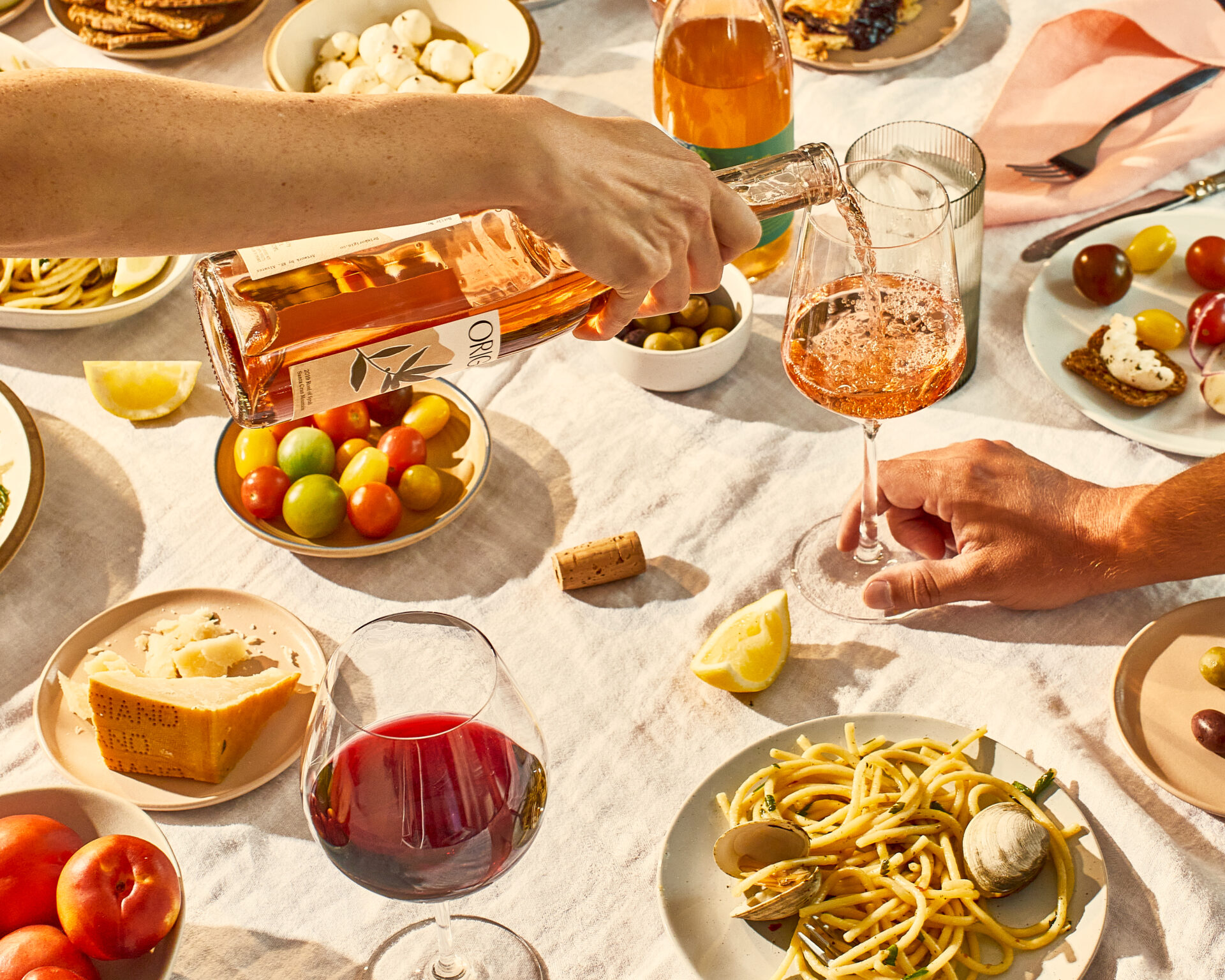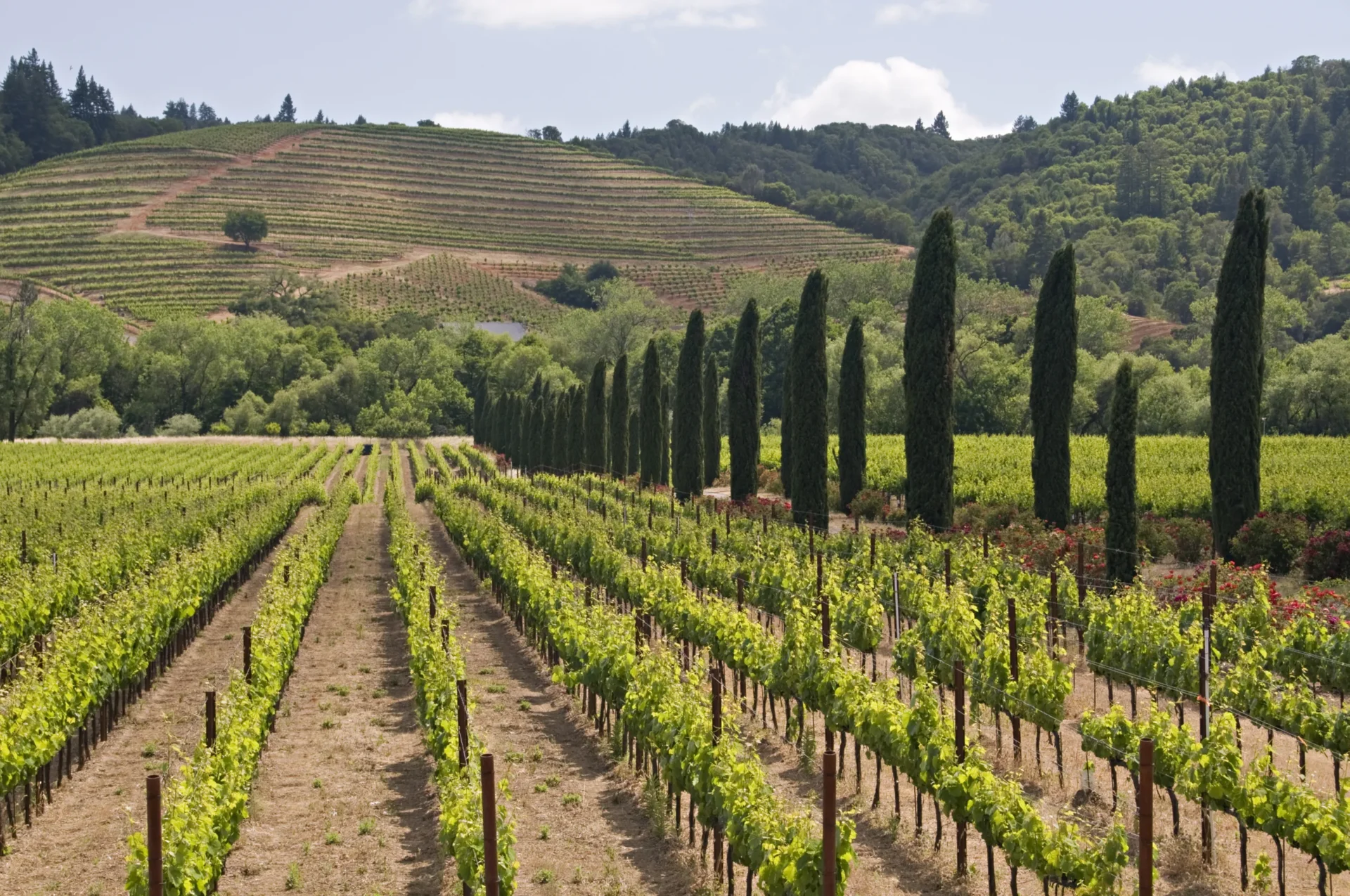As sommeliers and wine enthusiasts, it’s no surprise that we aren’t necessarily hopping on the Dry January bandwagon. Sure, we may have opted for kombucha in our wine glass last night, but come Friday we’ll be enjoying a glass of wine with dinner no doubt.
For us, January is about reinstating our intentions for the year. And we have a commitment to wine. It’s our job to treat wine with the same respect we give our food. What do we always say? Wine is so much more than the glass in front of you. It’s a conversation by the fire with our partner, an enhanced meal with an old friend, a moment to ourselves before cleaning up the kitchen. We’re not going to stop drinking wine this month and if you plan to, neither of us should feel obligated to explain ourselves.
Wine is so much more than the glass in front of you. Paired with food, it brings people together around a table where ideas are born and connections are made. When that happens, anything is possible.
This year, we’re interested in a more sustainable approach to wine consumption. Something we can commit to year round that doesn’t focus solely on what we’re drinking, but what we’re eating as well. Rather than cutting back entirely one month, like we do in Dry January or when we’re going on a diet, and overindulging the next, we’re finding inspiration from the Blue Zones.
Personally, I am looking to be more mindful about when and how much wine I drink. Although I am confident that the wine our team at Argaux sources is the best there is, moderation is still key.
What is moderate wine consumption? Here are a few ways you can start thinking about your moderate wine consumption in the new year, for healthy sipping all year long:
- Limit your wine consumption to the dinner table, to be enjoyed alongside your meal. Note: Club Argaux members have access to original recipe pairings that will enhance your daily glass of wine, making it all the more enjoyable.
“Consuming wine alongside a meal can help the body absorb more of the flavonoids, the artery-scrubbing antioxidants, from the food eaten with it. Among many others, this recent study published in Advances in Nutrition showed that consumption of wine as part of a Mediterranean-style diet could reduce the risk of cardiovascular disease and some cancers, perhaps helped by the anti-oestrogens found in extra-virgin olive oil.” – The Blue Zones
- Monitor the amount you drink in a single setting and find a good balance
- Reduce the number of days you drink in a week
- Consider limiting your consumption by moderating how much wine you buy. Club Argaux delivers 6 small batch, low intervention wines from around the world every season (4x per year). When moderating your wine consumption, you not only want the wine you’re sipping on to be high quality, but you also want to have some fun discovering new, unique wines.
When it comes to quality wine, there is a lot to consider and we encourage you to ask questions. There are a lot of wines out there that are made with a variety of toxins, chemicals, and additives. The world of wine can be daunting, but we’re here to be a trusted resource.
Our team of sommeliers here at Argaux gathered a list of frequently asked questions from our consumers about what to drink and what not to drink this year in an effort to debunk wine myths and provide fact-based information so you can have a happy and healthy 2024, without sacrificing your daily glass of wine.
We want to break down the barrier for you and provide you with fact-based answers to questions like, “why do I get a headache when I drink red wine?” so you can feel good about what wine you choose to drink this year, and say goodbye to the wines that make you feel crummy. Wine is a natural product of the earth and it should not cause allergic reactions, severe headaches, or taste like chemicals. It shouldn’t have to be removed from your daily ritual either.
Your Questions Answered
Q: What exactly are sulfites and can you get good wine without?
A: Sulfites, which are a form of sulfur, are a natural by-product of fermentation that is present in all wines to a degree. They act as an antioxidant and antimicrobial to help preserve wine and slow chemical reactions, which cause a wine to go bad.
Sulfites in wine are surprisingly lower than a lot of processed foods – think french fries, potato chips, cured meats, cheese, baked goods, frozen shrimp, dried fruits (like raisins), condiments, other fermented beverages (beer), etc. To put it into perspective, the amount that can be used in the production of wine is a 3rd of what is in a single raisin.
You can absolutely find a good wine without the use of sulfur/sulfites. However, sulfites are generally NOT the cause of your wine headache. In fact, true aversions to sulfites cause respiratory allergies, like wheezing, hay fever, and hives, not headaches or migraines. Oftentimes symptoms like a headache are caused by simple dehydration, high-alcohol wines, high-sugar wines, and other additives used in winemaking including coloring and specific cultured yeasts. **To note: If you are certain you have a sensitivity to foods such as those listed above, you should try sulfite-free wines. Fortunately, several ‘natural’ styles of wine do not use sulfites in processing.
You can shop all of our natural wines here.
Q: Are there any good wines with a lower alcohol content? Why do certain wines have lower alcohol content?
A: We love a lower alcohol wine, and there are plenty of options for every palate. Alcohol content is related to a few different factors including the style of wine, grape variety, and climate where the grapes are grown. However, usually the more sugar that is present in the grape prior to fermentation will determine the final alcohol content. i.e in a warmer climate, more sugar will build inside the grape, meaning the final wine will reflect a higher alcohol content. On the flip side, in a cooler climate the grapes are less likely to become overly ripe, so they will have less sugar available to ferment and yield a lower alcohol content. Alcohol content (lower or higher) may also be a stylistic choice by the winemaker and their consumers.
Here are some options…
Sparkling: NV Sorelle Bronca Extra Dry Prosecco 11%
White: 2021 Cantine Carlo Mazzella Ischia Biancolella 12%
Non-Alcoholic: NV Weingut Leitz Eins Zwei Zero Sparkling Wine (Non-Alcoholic) 0%
Q: Does white wine actually have more sugar?
A: Not always. It depends on how ‘dry’ the wine is, how far the ferment went to dryness. If the ferment completes with little to no sugar leftover, then it is dry.
Also, white wines generally have less alcohol (less sugar to ferment) and seem to show better with less alcohol than red wine. Red wines have more compounds and elements to their structure that sometimes require a higher ABV to stay balanced. However, it can be a stylistic approach from the winemaker to purposely leave residual sugar in the wine, especially in specific white winemaking styles (i.e. Sweet Rieslings or Moscato).
Q: Why is it that most wines under $20 a bottle give me a headache?
A: Although a labor of love, wine is an expensive product to make. The cheaper the wine the less viable it is from a business perspective to create a wholesome product from quality ingredients. Generally, wines at that $20 price will NOT reflect low yields (lower yields = higher quality fruit). They are more likely to be made from higher yielding fruit (higher yields = more quantity, lower quality) that is less expensive and may lead to the need for overcompensation in the winery. Insert additives, artificial flavors, coloring and preservatives to make up for the lack of flavor and/or structure in the grapes.
Q: How can I identify those “make you feel crummy” types when reading a label?
A: Find an importer you like and utilize your sommelier when you have questions. Members of Club Argaux can actually text with their Argaux sommelier in real time! A rule of thumb, the less information provided on the label the more skeptical you should be as to what is actually inside the bottle.
Here’s to a happy and healthy 2024 and to the simple pleasures in life, like sharing a glass of wine and a home cooked meal with those that matter most.





